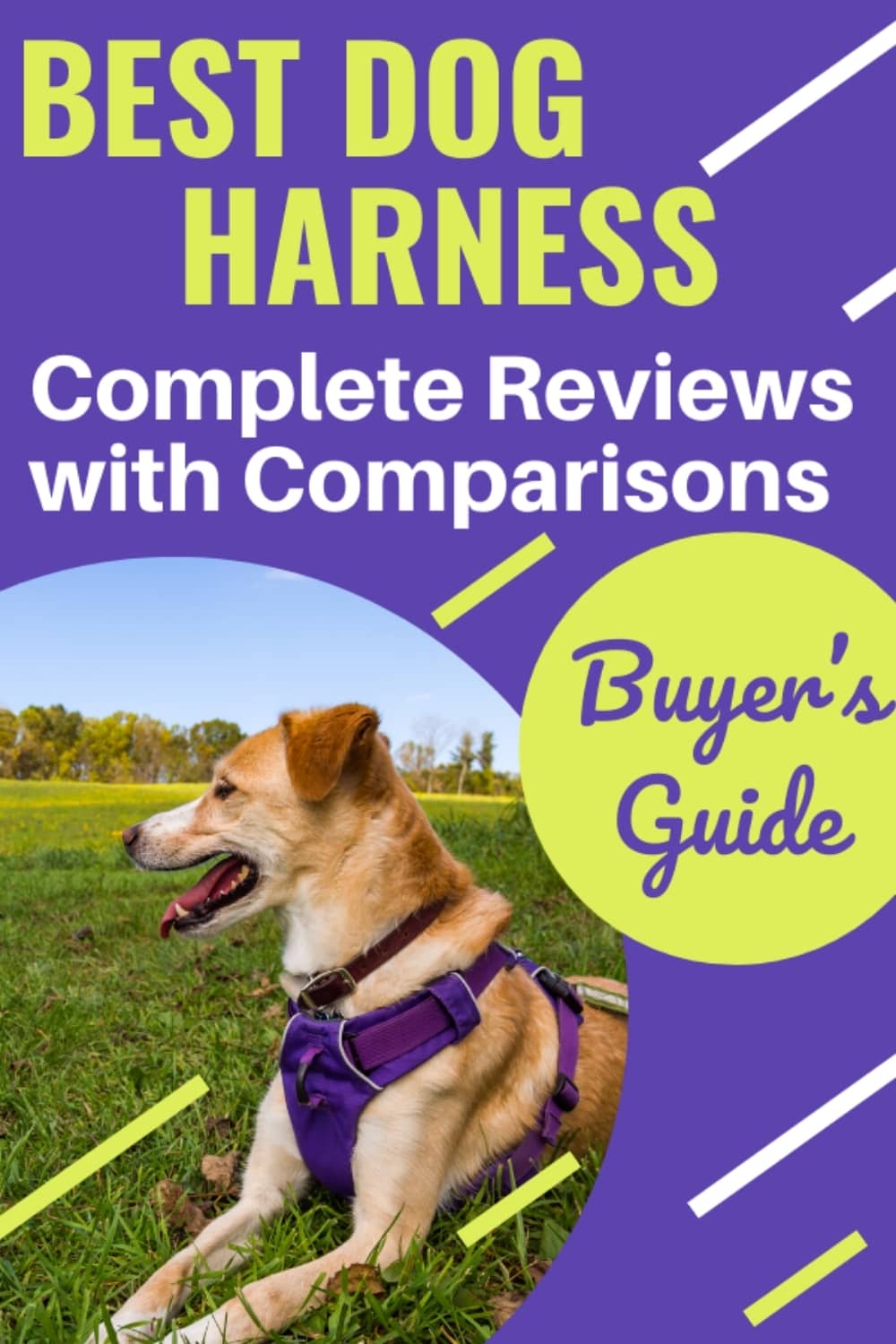For centuries humans have tried to understand the psychology of dogs, and to be fair, we’ve worked them out pretty well.
OK, there may some incidents involving a dog’s behavior where we simply stand bemused wondering what the hell induced it to behave in a particular way, but for the most part, owners seem to sense what state of mind their dog is in.
Dogs and Humans — Species Apart
As much as we impart human qualities on dogs, like giving them boy’s and girl’s names, celebrating their birthdays, and giving them Christmas presents, we have to remember they are a different species to us.
This also means that they do not understand every word we say, and what might be considered a bigger hurdle, is the fact they cannot tell us how they are feeling.
If a child is ill, they will alert you to it, if your partner is feeling down, they’ll let you know, and if a friend is feeling over-anxious, they’ll soon tell you.
Unfortunately, dogs cannot communicate verbally that way, and while that may be problematic, our knowledge of dogs still allows us to understand them, in other ways.
Looking for the Obvious
One advantage we have in understanding dogs is that they have no reason to hide how they are feeling from us. Humans might say everything is ok, when it is not, out of pride, or some other reason, but for dogs, everything is on display.
That means when they are poorly you may see it in the lethargic way they walk. If they are overly excited about going out for a walk, you know it when they run around the room and madly wagging their tail.
Signs that all is not well with a dog include a lack of appetite, lack of energy, whimpering or whining, and a general lack of enthusiasm for anything, including those things which would normally see it burst into life.
If any of these cause you concern, then the wise move is to take your dog to the vet, just in case any of these symptoms are the result of a something more serious.
Calming a Dog Down
Dogs get excited for all kinds of reasons. Generally, they are positive reasons, but there are some which can be annoying. The classics are when someone comes to your door, they see another dog across the street, or they see another person.
When excited, dogs tend to pull on their leash, move around frantically, jump around, or start barking. On these occasions it can be stressful for the owner to try to get their dog to calm down, and the temptation is to shout at them to behave.
Sadly, and predictably, that simply tells the dog that you are not in a calm state either, and as that matches their state, they think it’s fine to carry on behaving in that way.
Hard as it can seem sometimes, when your dog is overexcited and behaving like a creature possessed, in order to calm it down, you need to remain calm yourself.
Speaking in a low tone, tell your dog assuredly, but without shouting, ‘Stop,’ ‘No,’ ‘Bad,’ or whatever other words you use to tell your dog they must halt what they are doing.
There are all kinds of aids that you might use for this, especially if they are ones you used while training your dog in the first place. Things like clickers, or a small morsel as a treat when they behave well, are two common examples.
Other tools might not be the first thing you think of when calming a dog, such as their harness, but these can play a role in calming a dog down.
Using a Harness to Help Calm a Dog Down
First, please do not think that taking the collar off a dog and replacing it with a harness is going to calm it down. In fact, the opposite is more likely to happen, especially if they have never worn a harness before.
However, if your dog’s anxiety is usually triggered when they are out, and more specifically when they are pulling on the leash, then a harness can help. What it will first do is help reduce and eventually stop the pulling, meaning that you dog will now walk calmly beside you.
Another way to use the harness to correct a dog becoming excited every time a particular scenario exists. For example, you bring out their harness, and they start going crazy and running around the room as they know they are going out.
When they do this, you tell them ‘No,’ and put the harness back in its place. Then wait until your dog is calmer, tell them ‘Good boy/girl,’ and then get the harness again.
Repeat this, until they remain calm throughout the process of you getting the harness and putting it on them, remembering to praise them every time they are calm.
If you can use the harness to get them to stay calm before going out, it should work with almost any other scenario using the same words to correct and to praise them.


